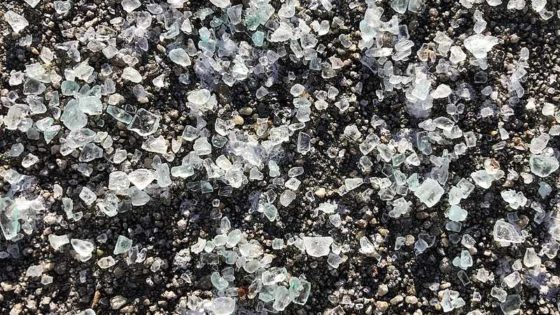Aufdenkampe, A.K., J.J. McCarthy, C. Navarette, M. Rodier, J. Dunne, and J.W. Murray. 2002. Deep Sea Research Part II: Topical Studies in Oceanography 49(13-14):2619–2648.
doi: 10.1016/S0967-0645(02)00051-6
Abstract
Sources of variability in new production (NP) measured during nine cruises in the tropical Pacific Ocean are examined with respect to other biological and chemical properties. NP measured along the equator during the Zonal Flux and Flupac cruises using 15NO3 incubation methods is presented in this paper and compared to similar data from seven previously published cruises to the tropical Pacific. The Zonal Flux cruise found a strong zonal gradient of increasing NP to the east that followed increasing nitrate inventories. NP values ranged from 0.8 and 3.8 mmol N m−2 d−1 from 165°E to 150°W, respectively. During the 7-day Flupac Time Series II at 150°W, NP measurements also showed strong variability, ranging from 1.9 to 3.6 mmol N m−2 d−1, despite relatively uniform nitrate. Both cruises observed a previously measured but seldom discussed trend for f-ratios to increase substantially at the limits of the euphotic zone (0.1% E0).
Multiple linear regression (MLR) analyses of areal, depth-integrated data from 121 stations in the tropical Pacific previously have showed that variability in primary production (or chlorophyll), ammonium, nitrate and temperature together could “explain” 79% of the variability in NP (Aufdenkampe et al., Global Biogeochem. Cycles 15 (2001) 101). In the present study, the MLR method was extended to depth specific data, where the same variables were shown to explain 77% of nitrate uptake variability. MLR was then used to investigate differences between individual cruises in the relationships of NP to these variables. Similar to MLR results with combined data from all cruises, MLR of individual cruises also found primary production (or chlorophyll), ammonium and nitrate to be consistently the best variables to explain variability in areal NP, exhibiting R2 values from 0.45 to 0.92. However, nitrate is consistently a much stronger predictor of NP within cruises than between cruises. Other lines of evidence—including plots of each property vs. NP and vs. standard residuals of the all-cruise MLR, and differences in MLR partial slopes for individual cruises—together demonstrate that the relationship of NP to nitrate exhibits subtle but real differences from one cruise to the next. Zonal Flux and Flupac sampled the two extremes of this observed NP-to-nitrate variability.


